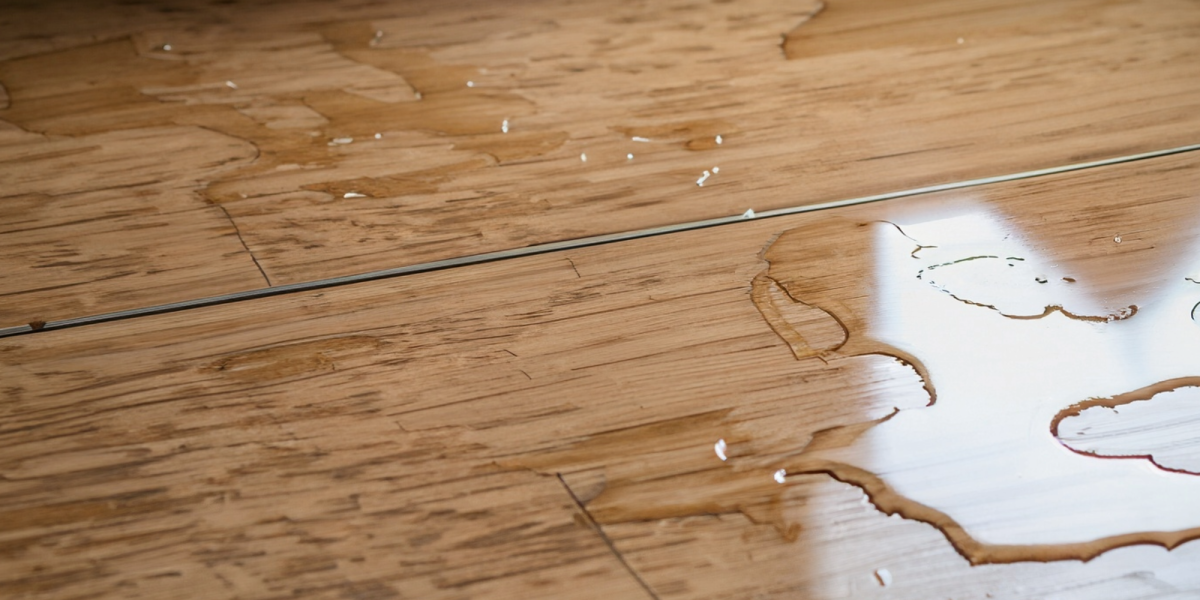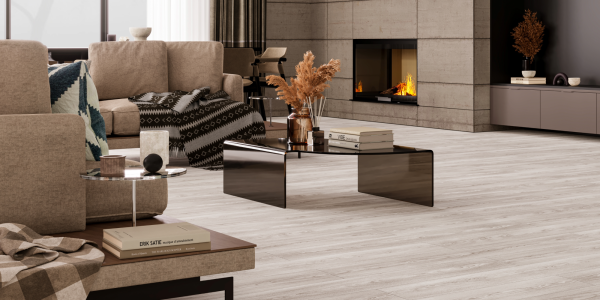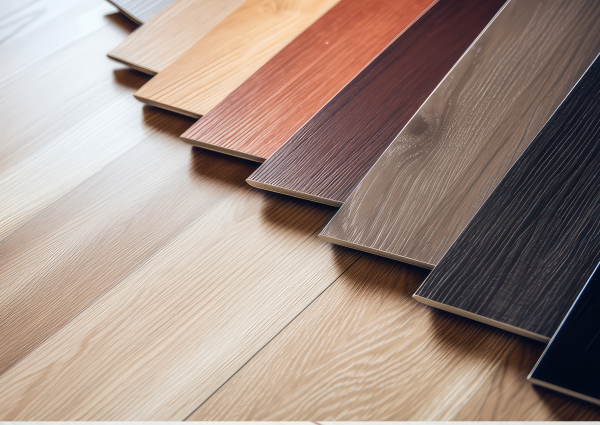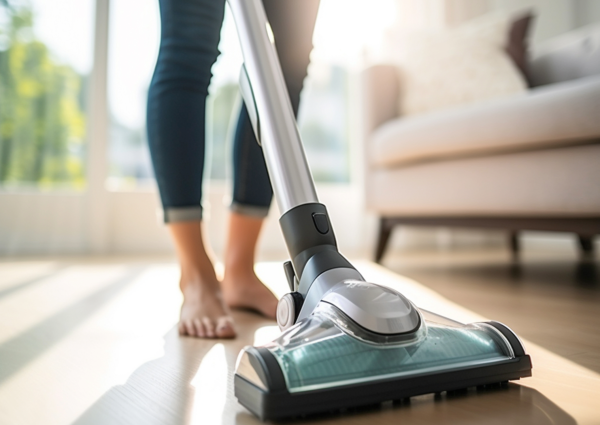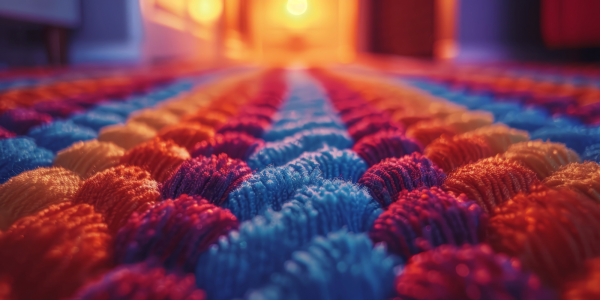Understanding the Basics of Laminate Flooring
Laminate flooring has become a popular choice for homeowners in the UK due to its durability, affordability, and wide range of design options. Understanding the basics of laminate flooring can help you make an informed decision when it comes to selecting the right option for your home.
Laminate flooring is a multi-layer synthetic floor covering that mimics the look of natural wood or stone. It typically consists of a core layer, an image layer that replicates the desired pattern, and a wear layer that protects the surface. This construction makes laminate flooring highly resistant to scratches, stains, and fading, making it a practical choice for high-traffic areas like kitchens and living rooms.
When it comes to design, laminate flooring offers a vast array of options, from classic oak and grey tones to more modern black and white finishes. Homeowners can also choose from a variety of plank widths, textures, and even herringbone patterns to suit their personal style and the overall aesthetic of their home.
Another key benefit of laminate flooring is its affordability compared to natural wood or stone alternatives. This makes it an attractive option for those on a budget who still want to achieve a high-end look in their living spaces.
Whether you're looking for a durable, water-resistant option for your kitchen or a stylish, cost-effective solution for your living room, understanding the basics of laminate flooring can help you make the best choice for your home.
The Water Resistance Capabilities of Laminate
Laminate flooring is a popular choice for many homeowners due to its durability, affordability, and wide range of design options. But one key feature that is often overlooked is the water resistance capabilities of laminate.
Laminate flooring is constructed with multiple layers, including a water-resistant core board and a protective top layer. This makes it a great option for areas of the home that may be exposed to moisture, such as kitchens, bathrooms, and laundry rooms. Many laminate floors are also rated as water-resistant or even waterproof, meaning they can withstand spills and splashes without becoming damaged.
When choosing laminate for your home, be sure to look for options that are specifically designed for high-moisture areas. These will have enhanced water resistance properties to prevent warping, swelling, or other water-related issues. Brands like Kronospan, Balterio, and Furlongs offer a wide range of water-resistant laminate flooring in a variety of styles and colours to suit any décor.
Factors That Affect Laminate's Waterproofing Abilities
Factors That Affect Laminate's Waterproofing Abilities
When it comes to laminate flooring, one of the key considerations is its ability to withstand water and moisture. Laminate is designed to mimic the look of natural wood or stone, but its construction means it can be more susceptible to water damage than solid hardwood floors. Several factors can impact a laminate floor's waterproofing capabilities:
- Core material - The core of a laminate plank is typically made from high-density fiberboard (HDF) or medium-density fiberboard (MDF). HDF cores tend to be more moisture-resistant than MDF.
- Edge sealant - Laminate planks have edges that must be properly sealed to prevent water from seeping in and damaging the core. Effective edge sealants are essential for waterproofing.
- Surface coating - The top wear layer of a laminate floor is coated with a clear, durable film. Higher-quality coatings can improve the floor's resistance to water and stains.
- Installation method - Floating laminate floors that are not properly sealed around the edges and perimeter are more prone to water damage than floors that are glued down.
Choosing a high-quality, waterproof laminate and ensuring proper installation are key to maximising a laminate floor's ability to withstand exposure to water in kitchens, bathrooms, and other moisture-prone areas of the home.
Proper Care and Maintenance to Prevent Water Damage
Laminate flooring has become a popular choice for many homeowners due to its durability, easy installation, and wide range of style options. From grey and white to dark wood and oak finishes, laminate can complement any décor. However, it's important to understand that laminate is not entirely waterproof and requires proper care and maintenance to prevent water damage.
One of the key steps in caring for laminate flooring is to address any spills or moisture immediately. Wipe up any standing water or liquid as soon as possible to prevent it from seeping into the joints and causing swelling or warping of the planks. For kitchen and bathroom areas, consider investing in waterproof laminate options that are better equipped to handle occasional splashes.
Regular cleaning is also essential for maintaining the appearance and integrity of your laminate floors. Use a damp mop or cloth to clean, avoiding excessive water. Harsh cleaners and abrasive scrubbing can damage the surface of the laminate over time. Instead, opt for a specialized laminate floor cleaner or a mild, pH-neutral solution.
When it comes to high-traffic areas or rooms with the potential for more moisture, such as entryways and laundry rooms, consider adding protective mats or rugs. This can help prevent dirt, grit, and water from being tracked in and causing premature wear and tear.
By following these simple care and maintenance tips, you can help ensure your laminate flooring remains in top condition and continues to look its best for years to come. 
Alternatives to Consider if Waterproofing is a Priority
When waterproofing is a priority, there are several alternatives to consider beyond traditional wood flooring. Laminate flooring offers a cost-effective and durable option that can withstand moisture and spills. Available in a wide range of colours and finishes, from grey and white to dark wood and oak, laminate provides the look of real wood without the maintenance. Many laminate floors are also designed to be waterproof, making them a practical choice for kitchens, bathrooms, and other high-moisture areas. Herringbone laminate flooring can add a stylish, contemporary touch, while laminate stairs provide a seamless, waterproof solution throughout the home. Ultimately, exploring the diverse range of laminate flooring alternatives can help homeowners find the perfect balance of style and functionality when waterproofing is a key consideration.
Conclusion: Making an Informed Decision About Laminate's Water Resistance
When it comes to laminate flooring, water resistance is an important factor to consider. While laminate is generally more water-resistant than traditional hardwood, the level of water resistance can vary depending on the specific product.
Cheaper laminate options may not offer the same level of water protection as higher-quality laminates designed for use in kitchens, bathrooms, and other moisture-prone areas. Homeowners should research the water resistance ratings and features of different laminate products to ensure they select an option that will stand up to the demands of their space.
Grey, white, and dark wood-look laminates are popular choices, as are oak and herringbone patterns. Regardless of the aesthetic, prioritising water resistance is key, especially for high-traffic or wet areas like kitchens and bathrooms. With the right information, homeowners can make an informed decision about the best laminate flooring for their needs.

